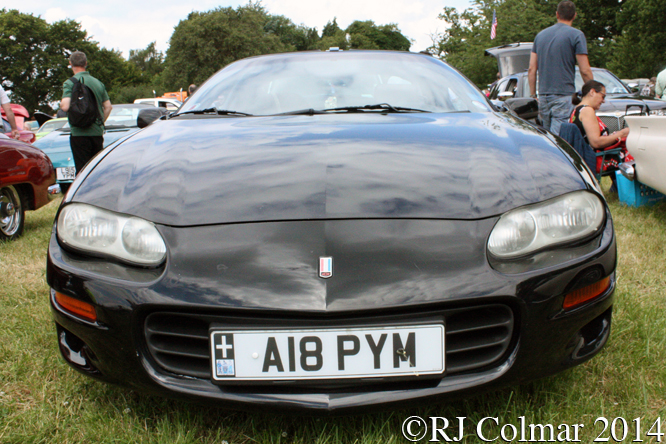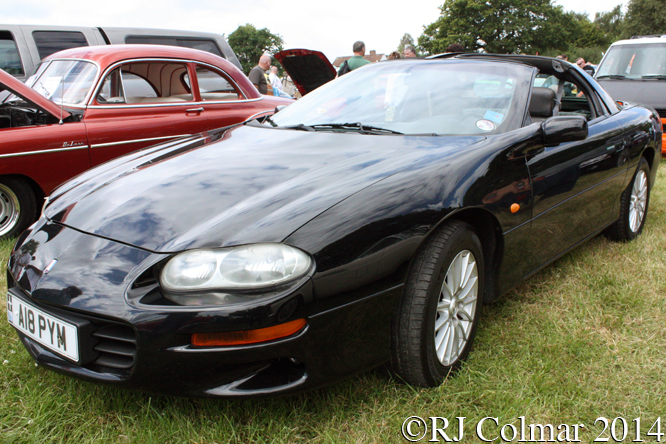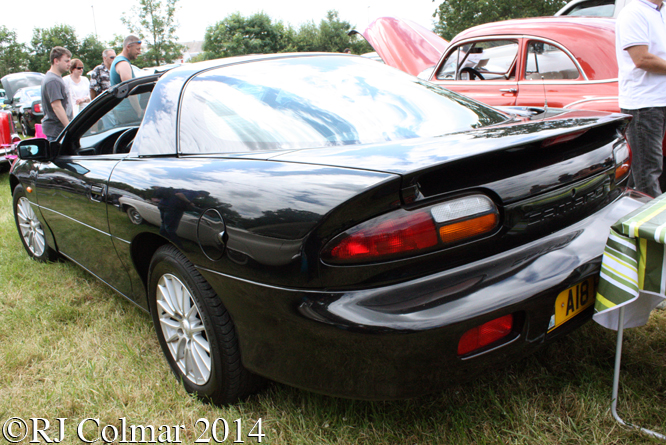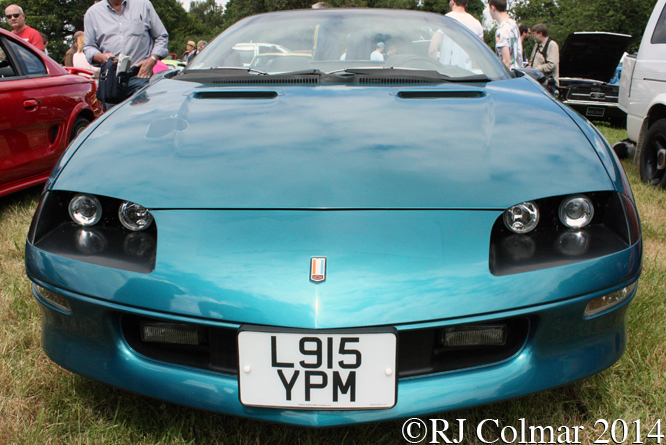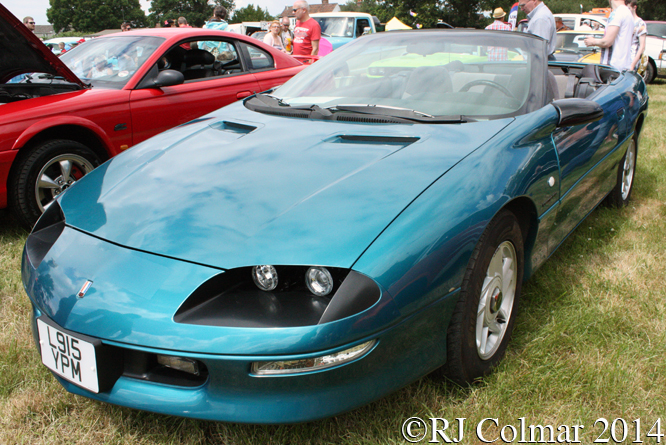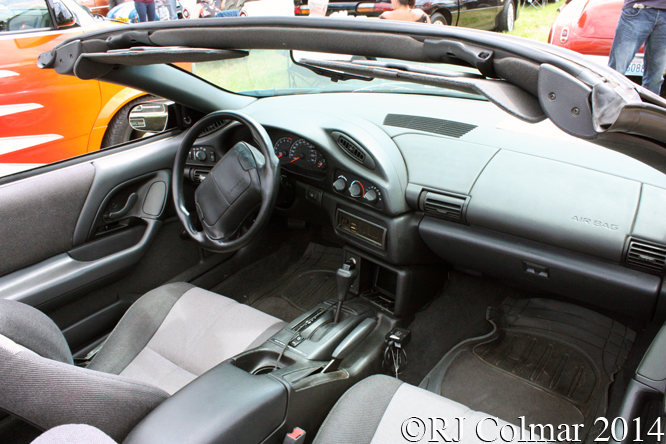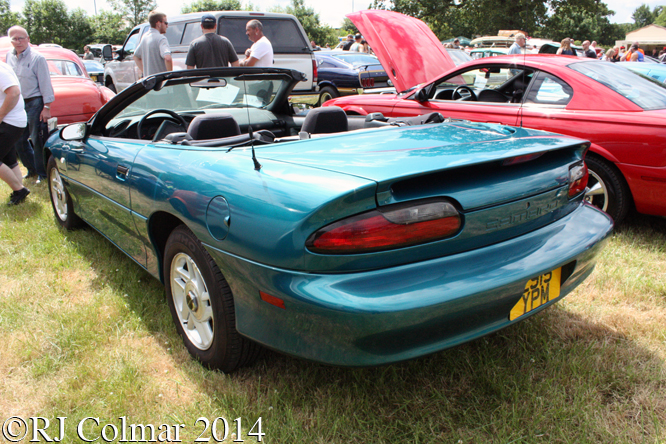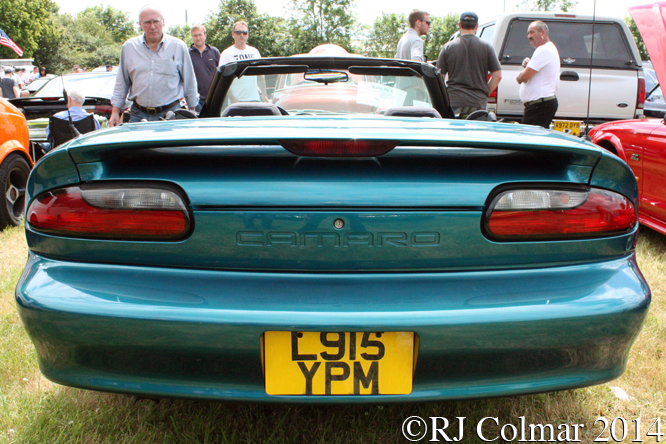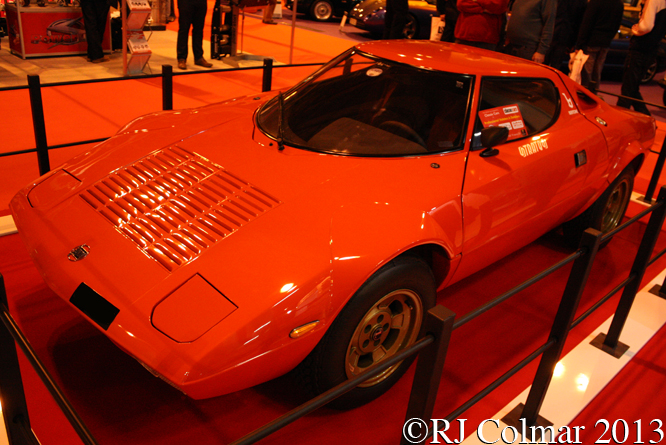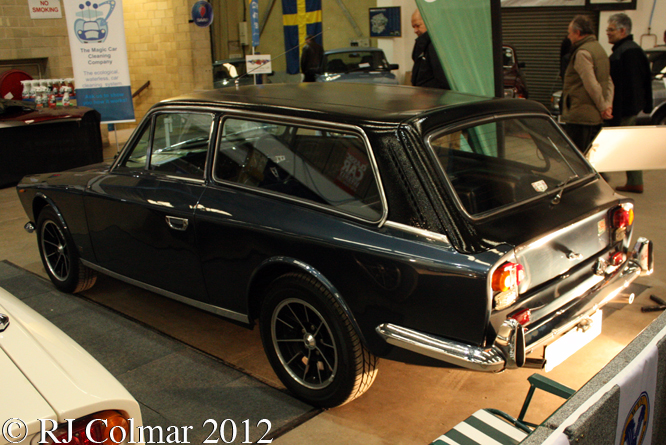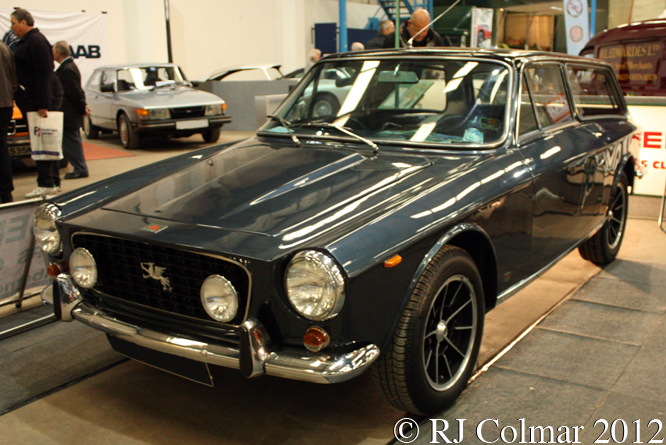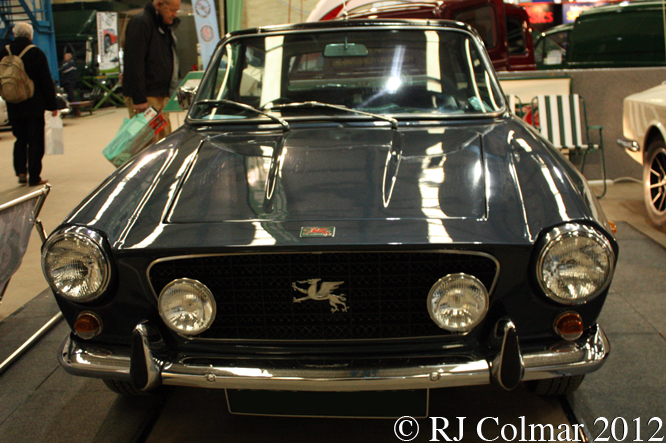The Alpine A442 B was the penultimate evolution of Alpines 1970’s sports car program that first came to light in 1973 when Renault sponsored the development of the 2 litre / 122 cui Renault Gordini CH1 V6 that sat in the back of the Alpine A440 sports car driven by Jean Pierre Jabouille at Magney Cours.
The following season the second evolution A441 swept the 1974 European Sportscar Championship scoring 9 wins from 9 races with Jabouille, Alain Cudini, Gérard Larrousse, and eventual champion Alain Serpaggi all wining races. over the winter of 1974/75 one of the A441’s was fitted with a turbocharged version of the CH1 V6 that had been designed by François Castaing and Jean-Pierre Boudy.
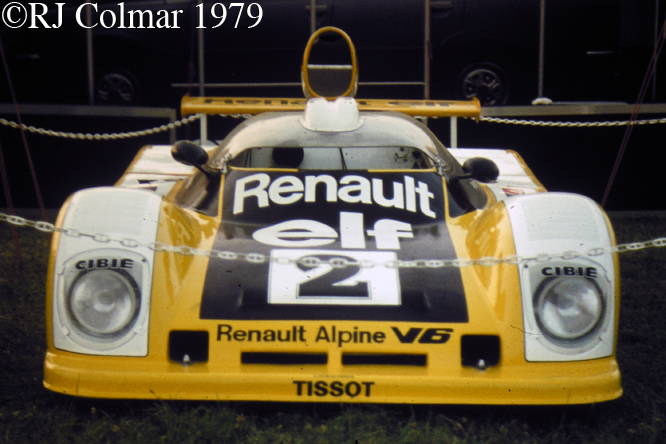
At the second round of the 1975 World Sports Car Championship the turbocharged A441 made it’s debut and with Jabouille and Larrouse at the wheel became the unfancied winner beating the normally aspirated 3 litre / 183 cui Alfa Romeo and turbo charged Porsche 908 to become the first turbocharged prototype to win a World Championship. For the remainder of the 1975 season the newer Alpine A442 evolution was used but it was no match for the Championship winning Alfa Romeo.
1n 1976 Alpine continued using developing the A442 in the World Sportscar Championship but it was completely overshadowed by the new turbocharged Porsche 936 which won all seven races leaving the A442 with three second places as the best results and a distant second in the championship a position which it shared with Osella. Le Mans which was not part of the championship saw Jabouille, Patrick Tambay and Jose Dolhem qualify on pole but the single A442 entered but it retired with engine failure before half distance leaving the Porsche 936 to claim the first of three Le Mans victories.
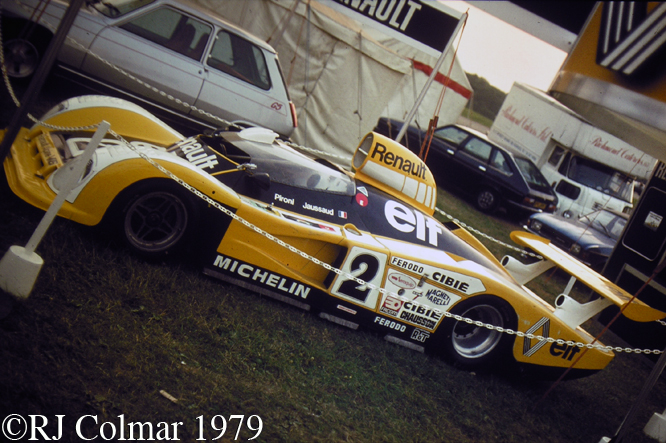
Derek Bell and Jabouille were on pole for the 1977 Le Mans 24 hour race driving today’s featured chassis #A442/3 before it had been upgraded to B spec. However none of the four A442’s finished the race, which was won by the Porsche 936 #001 featured last week, but one of the Renault Gordini CH1 V6 turbo powered Mirages did finish a distant second 11 laps in arrears.
For 1978, by which time Renault and Alpine had been fully financially integrated, a new Alpine A443 had evolved with a longer wheel base, slightly larger motor and an acrylic glass bubble roof. Drivers Jabouille and Patrick Depailler had the roof, which added around 5 mph to the cars top speed, removed because they felt claustrophobic and there was too much heat building up inside the cockpit. Even so they still qualified fastest of the Alpines at Le Mans albeit on second place on the grid behind a works Porsche 936 chassis #003 which qualified with an average speed of 147 mph by Jackie ickx. 3rd on the grid was the monstrous Porsche 935/78 known as Moby Dick with another works Porsche 936 the ’77 winner #001 alongside.
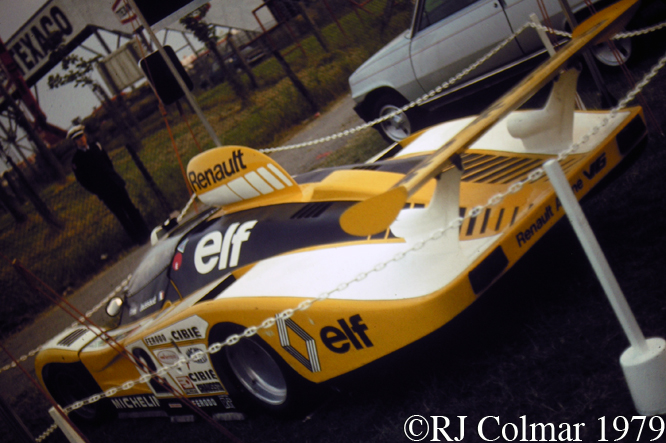
Todays featured car now in B spec running with an acrylic glass roof and the standard 2 litre / 122 cui turbocharged V6 motor was 5th on the grid at Le Mans with Didier Pironi and Jean-Pierre Jaussaud sharing the driving. The A443 of Jabouille and Depailler led much of the first half of the race interrupted by a set of unbalanced front wheels until it retired with a broken motor leaving Pironi and Jassaud to take over a commanding lead which it held to the end. Pironi passed out in the heat of the cockpit after he crossed the finish line.
Two of Porsche 936’s required gearbox rebuilds after which one of them crashed and the other chassis #001 came second ahead of the third placed 936 chassis #002 which required a turbocharger replacement while the 935 Moby Dick suffered from overheating and persistent oil leaks to come home 8th.
Having accomplished what they set out to achieve with the CH1 V6 program, along with two Formula Two open wheel championships in 1975 and 1976, Renault retired the Alpines from Sports car racing to concentrated all of it’s efforts on Formula One where it ran the first turbo charged Formula One car in 1977.
In 1979 Renault would become the first team to win a Formula One race with a turbo charged 1.5 litre 91.5 cui Renault Gordini EF1 motor at the French Grand Prix, which by coincidence was the race before the British Grand Prix where today’s photo’s were taken of #A442/3 in the paddock at Silverstone.
My thanks to Tim Murray for helping to identify the winning chassis of the 1975 Mugello 1000kms race which was widely reported to have been an Alpine A442 in contemporary journals like Motoring News but which contemporary photographs show the A441 development car.
Thanks for joining me on this “Acrylic Glass Bubble Top” edition of “Gettin’ a li’l psycho on tyres” I hope you will join me again tomorrow. Don’t forget to come back now.
